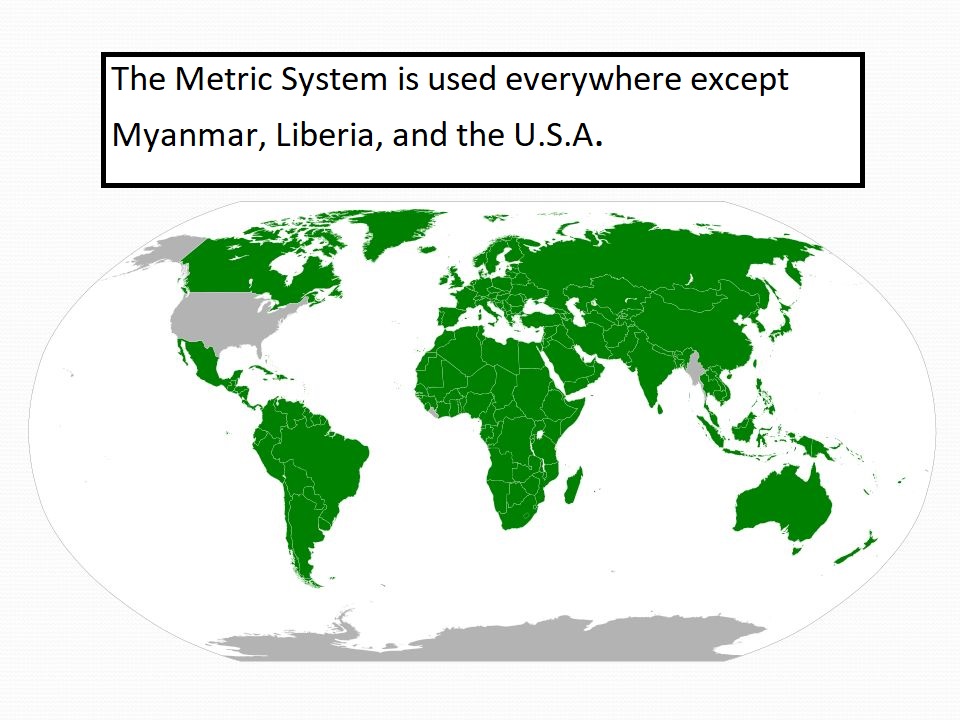
EARTH FUTURE ACTION
HOME ABOUT REPORTS CONTACT HELP WANTED

The U.S. is one of only three countries
(alongside Myanmar and Liberia) that hasn’t fully adopted the metric system.
The U.S. did consider adopting the metric system in the 1970s, even passing
the Metric Conversion Act of 1975, which encouraged voluntary adoption.
However, a lack of enforcement, public resistance, and the high cost of
transitioning infrastructure meant the effort never took hold. Since then,
industries such as science, medicine, and auto manufacturing have primarily
switched to metric, but daily life remains dominated by the imperial system.
Why It Would Benefit the U.S.:
Global Standardization: Aligning
with international trade partners would reduce conversion costs.
Simplicity: The metric system’s
base-10 structure is easier to use than the imperial’s irregular units.
Economic Competitiveness:
Businesses wouldn’t need to produce dual-labeled products.
Scientific Accuracy: Medicine and
research already use metrics, reducing the risk of errors.
Easier Travel & Communication:
Standardizing road signs, fuel measurements, and labels would prevent
confusion.
A full transition would take time and investment,
but the U.S. may eventually need to make the shift as globalization increases.
H.R.8674 - Metric Conversion Act of 1975
Metric System (Wikipedia)
Why Doesn’t the U.S. Use the Metric System? (Britannica)
The Reason the U.S. Doesn't Use the Metric System (NIST, 6-27-24)